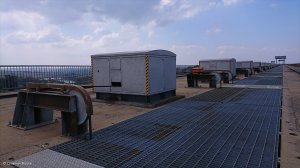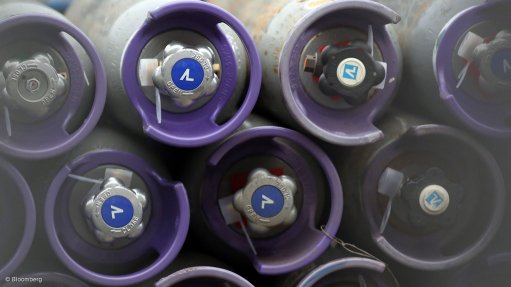Department shares Vaal dam water regulatory best practice with Nigerian group

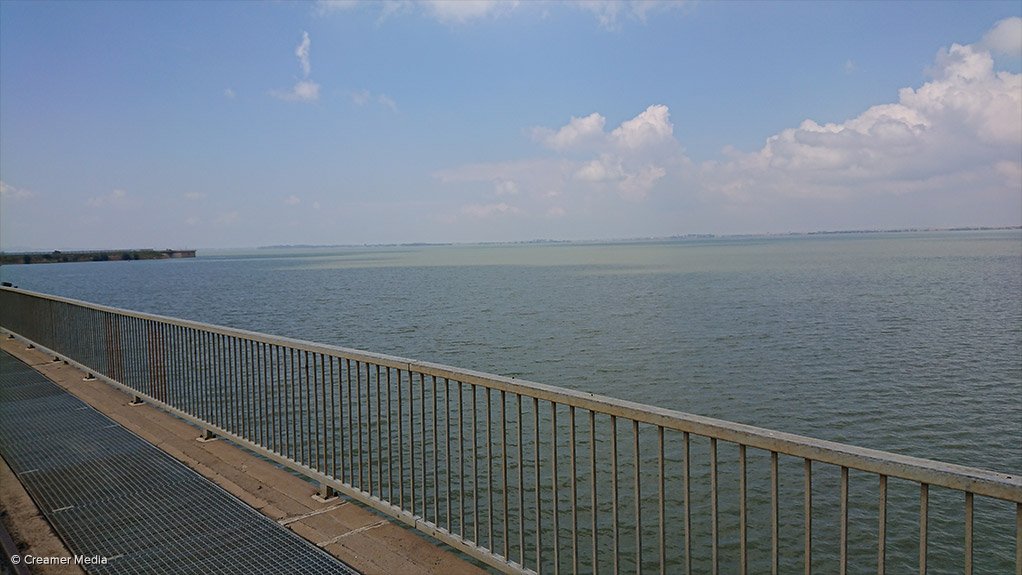
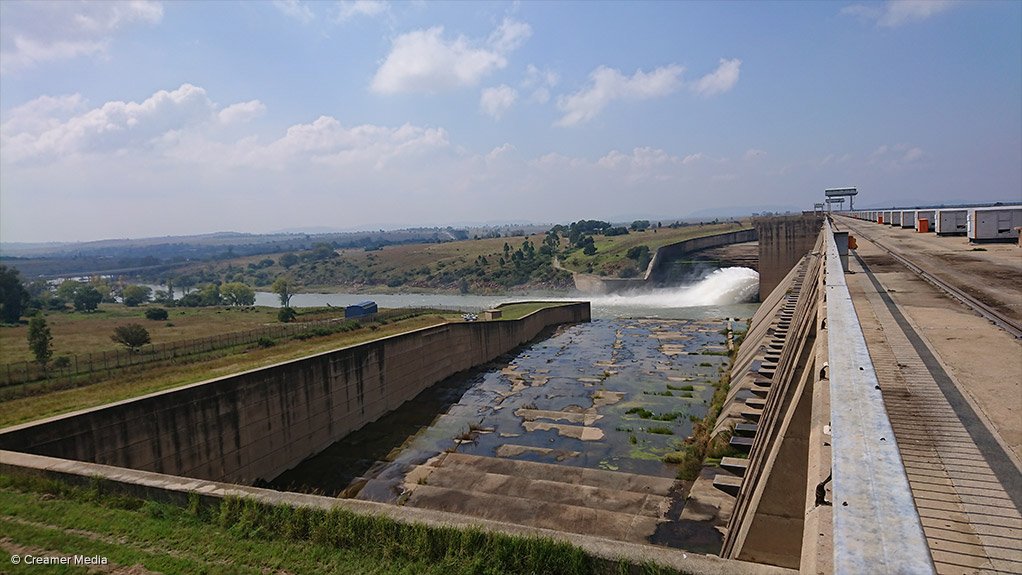
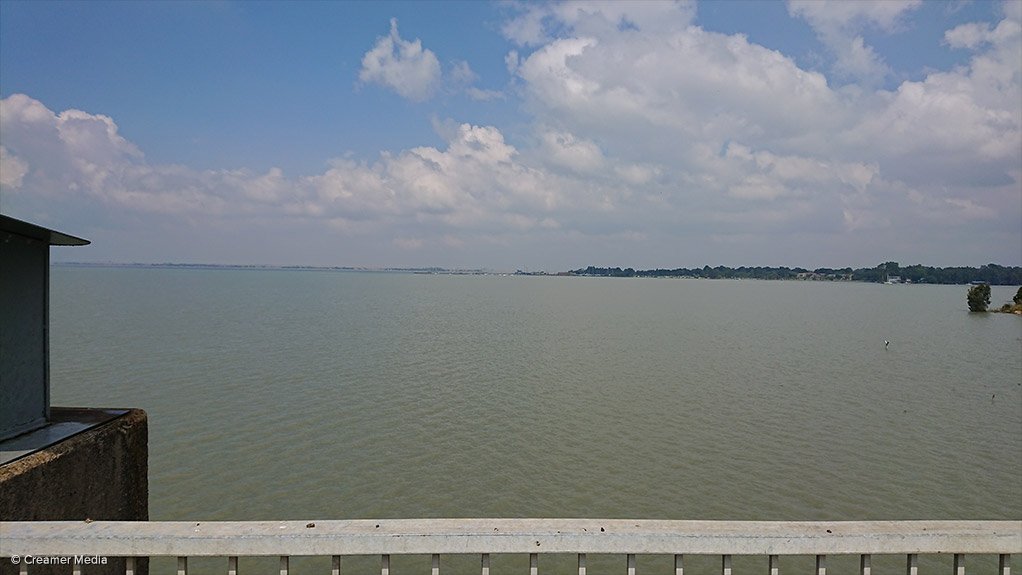


Vaal dam
Photo by Marleny Arnoldi
Photo by Marleny Arnoldi
Photo by Marleny Arnoldi
Photo by Marleny Arnoldi
Photo by Marleny Arnoldi
The Department of Water and Sanitation (DWS) on Wednesday hosted a delegation from the Nigerian government’s integrated water resources management commission at the Vaal dam, in the Free State, to undertake a technical study tour and share water regulatory best practices.
The study tour comes as two major dams in Nigeria currently face low water levels.
The Vaal dam is South Africa’s third-largest and is a critical part of the integrated Vaal river system, which consists of 14 dams. The Vaal dam supplies South Africa’s economic hub and most populous province, Gauteng.
The Vaal dam’s total water capacity is 2 650-million cubic meters and it releases about 16 m3/s to distribution points, including water utility Rand Water, which abstracts water from the system to supply end-users.
The dam wall in Deneysville is 63 m high and 750 m long, and has 60 sluice gates to regulate the flow of water, should a flood be imminent. The Vaal dam has 460 measuring points in its 880 km circumference that are used to monitor inflows out of rivers.
“We can know four days ahead what volume of water is coming into the dam; we can plan to release water accordingly to make space for incoming water,” explained Upper Vaal water management area manager Piet Bredenhann.
Currently, the Vaal dam’s water level is at 106%, which might require a sluice to be opened if rains continue during April, since the ideal operating water level was between 93% and 97%, added Bredenhann.
This is good news since the country has been experiencing a drought since 2014. “We went into a dry period for almost three years and by the end of 2015, the Vaal dam water level was at 26%. It is concerning, since 26% cannot carry the province’s water requirements for the winter months – when Gauteng does not have rainfall,” he explained.
He added that the Vaal dam would supply half of the 2 650-million cubic meters capacity to Gauteng in a year’s time, therefore the dam now has two years’ worth of water supply.
South Africa experiences cyclical droughts about every 25 to 30 years, which, this time round, impacted the Northern-, Eastern- and Western Cape, as well as KwaZulu-Natal immensely.
DWS spokesperson Sputnik Ratau said that even though water levels at the Vaal dam had recovered more than fully, the system was unable to supply other regions in the country, owing to logistical difficulties.
Ratau pointed out that the Western Cape water supply system was smaller (supplied by six dams) and that the two biggest ones were almost completely dry – Theewaterskloof is at 11% capacity.
He added that water augmentation projects were in progress with provinces and municipalities working together to bring projects on line. However, a major issue remained water conservation and water management. “If your consumption patterns do not correlate with your availability, then dipping into your reserves becomes a necessity.”
Further, the DWS does yearly inspections on the monitoring points to ensure that their efficiency is up to standard, however, dam safety officers do a thorough inspection every five years across the entire dam.
From mid-October, the DWS will shut off receipt of water from the Lesotho Highlands water tunnel (water feeds into the Vaal dam from two dams in Lesotho – Mohale and Katse – at about 30 m3/s) for routine maintenance that will span 90 days.
“For three months, we will not receive water from Lesotho but with the Vaal dam capacity being over 100%, we should have enough water to carry [Gauteng] through the period,” said Bredenhann.
Comments
Press Office
Announcements
What's On
Subscribe to improve your user experience...
Option 1 (equivalent of R125 a month):
Receive a weekly copy of Creamer Media's Engineering News & Mining Weekly magazine
(print copy for those in South Africa and e-magazine for those outside of South Africa)
Receive daily email newsletters
Access to full search results
Access archive of magazine back copies
Access to Projects in Progress
Access to ONE Research Report of your choice in PDF format
Option 2 (equivalent of R375 a month):
All benefits from Option 1
PLUS
Access to Creamer Media's Research Channel Africa for ALL Research Reports, in PDF format, on various industrial and mining sectors
including Electricity; Water; Energy Transition; Hydrogen; Roads, Rail and Ports; Coal; Gold; Platinum; Battery Metals; etc.
Already a subscriber?
Forgotten your password?
Receive weekly copy of Creamer Media's Engineering News & Mining Weekly magazine (print copy for those in South Africa and e-magazine for those outside of South Africa)
➕
Recieve daily email newsletters
➕
Access to full search results
➕
Access archive of magazine back copies
➕
Access to Projects in Progress
➕
Access to ONE Research Report of your choice in PDF format
RESEARCH CHANNEL AFRICA
R4500 (equivalent of R375 a month)
SUBSCRIBEAll benefits from Option 1
➕
Access to Creamer Media's Research Channel Africa for ALL Research Reports on various industrial and mining sectors, in PDF format, including on:
Electricity
➕
Water
➕
Energy Transition
➕
Hydrogen
➕
Roads, Rail and Ports
➕
Coal
➕
Gold
➕
Platinum
➕
Battery Metals
➕
etc.
Receive all benefits from Option 1 or Option 2 delivered to numerous people at your company
➕
Multiple User names and Passwords for simultaneous log-ins
➕
Intranet integration access to all in your organisation





